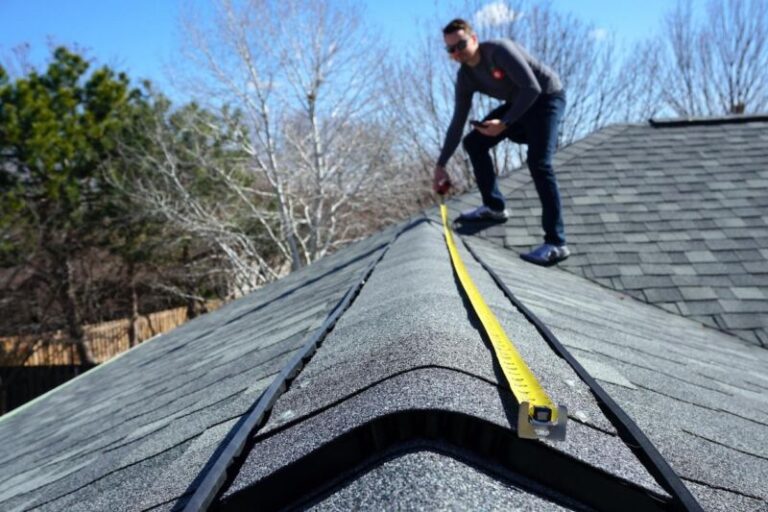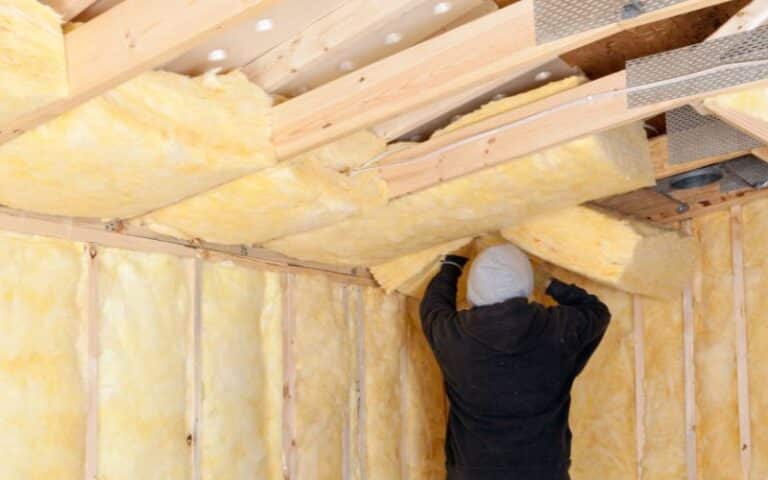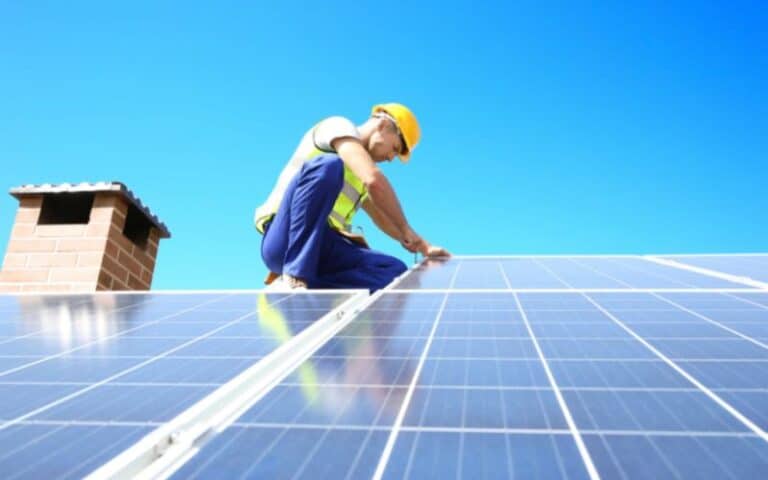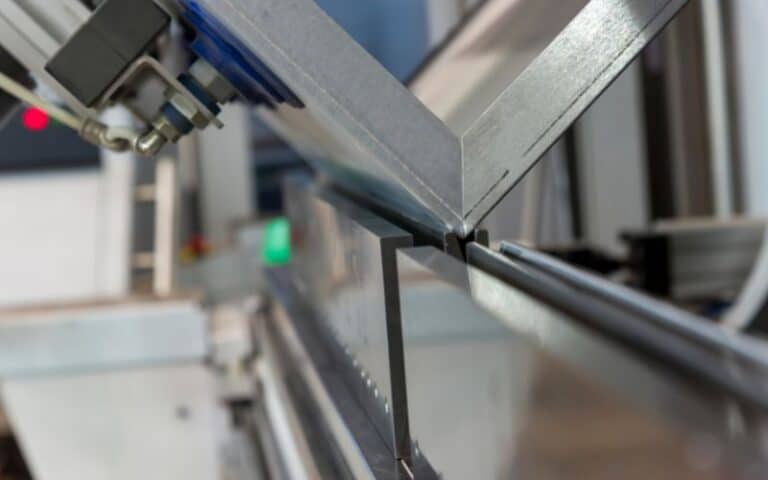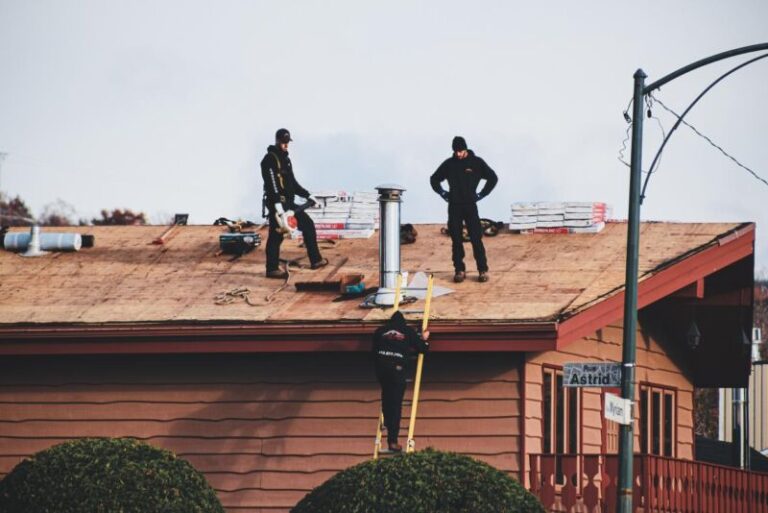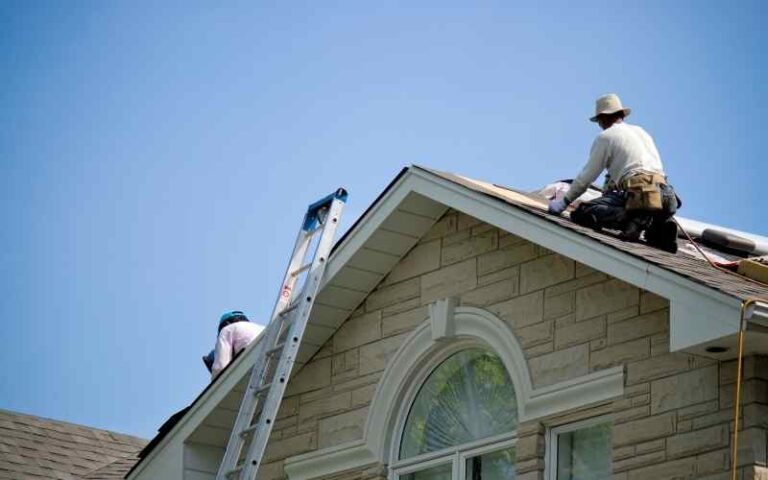When water runs off the side of your roof, it mostly flows down the wall and splashes back onto the wall’s edge.
The splashes leave messy stains on the wall’s edge and pool around the corners of the building.
This situation leaves a sore sight and has many unpleasant disadvantages to your building and the environment.
When rainwater runs off the side of your roof, it often causes damage to your home’s foundation after a while. However, there are measures that you can take to curb and redirect runoff water.
Ready for a Roofing Quiz?
How to Fix Water Running Off Roof?
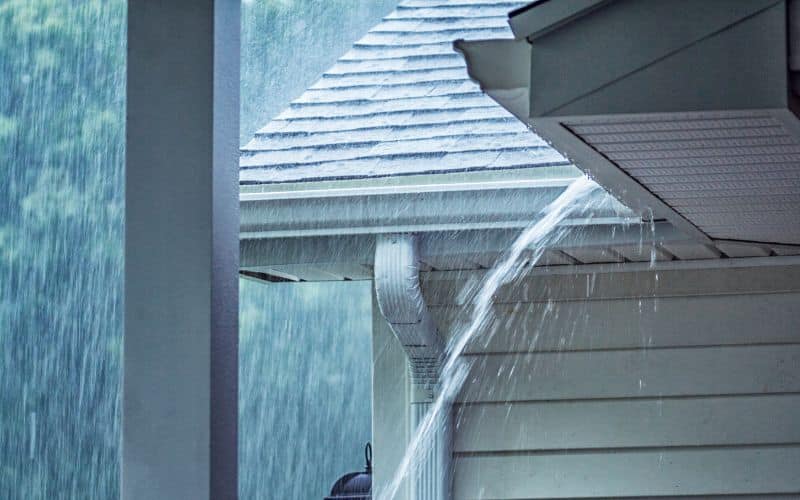
Anyone who has seen damages caused by runoff water can testify to the severity. I know no one will want to risk facing the dangers attached to runoff water.
As such, those experiencing it always seek help on how to stop it.
Well, implementing an open gutter system with troughs that direct the flow of water is one of the popular solutions.
However, open gutters can get clogged, thus causing an overflow in the rainy season. They can also collect leaves and debris, thus becoming an easy spot for fire breakouts.
So, the best way to fix water running off the roof is to install a drip edge. Drip edges are flat metal sheets placed beneath your shingles to divert rainwater from the fascia.
There are three drip edge profiles (types c, d, and f.) but the installation procedures are similar.
Let’s see the steps for drip edge installation.
- Begin by placing the drip edge on the eaves and align it with your gutters (if you have any). The drip edge side with the flange should face away from the roof.
- Use nails to secure the drip edge leaving no more than 12 inches between each nail.
- After nailing to the end, set the next piece of drip edge to overlap the previous by an inch.
- When you reach an intersection of rake and eave, cut a perfect fit one inch away from the overhang.
- Cut the whole drip leaving it to hang an inch past the edge, and make a square cut. After installing the drip edge on the rake, bend its flap side, thus forming a corner.
- Proceed to install your underlay. It should sit beneath the drip edge in the rakes but over the drip edge on the eaves.
- With nails, install and secure drip edges on the rakes.
- At any point where edges of the wave & rake intersect, just lay the take’ a drip edge over the flap left on that of the eave.
- At the ridge of your roof, cut into the drip edge again, hold it up and make the point where it exceeds the roof. Then cut straight at the bottom and fold the drip edge over the ridge.
- Spot the plumb line and cut it across the drip edge’s upper part, and then you’re done!
These steps can guide you through installing any profile of drip edge flashing on your roof.
How do I Redirect Rainwater From my Roof?
Roof runoff water poses dangers to your home’s structure as it fails to seep into the ground. Rather, it settles around the perimeters of your house and is absorbed through cracks into your walls.
It can also get into sewers and waterways, exposing humans to contaminated water.
Roof runoff water can also contribute to flooding and breeding of insects, so it should be avoided by all means. Therefore, you will need to redirect it from your roof to maintain proper conditions.
Though there are many options for redirecting runoff, Built-in gutters are very effective and easy to install.
Gutters serve to protect your roof and foundation but need constant maintenance, or else they may cause further problems.
Besides gutters, there are many other alternatives for diverting rainwater. Grading is a practical solution that you can do yourself.
It entails using a non-absorbent material to form slopes around your house that naturally transport water away from your foundation.
A rain chain is a roof draining system that involves hanging a long chain down the edge of your roof where water pools. Thus, the water cascades down the chains and away from your home when it rains.
You could try using a louver system for an overhang low slope roof. It is a metal sheet with divots attached beneath your roof and beside the house to eject rain runoff water and prevent it from gathering.
If the above options for runoff water diversion do not appeal to you, there are others you can try.
These include French drains, channel drains, drip paths, rain gardens, in-built gutters, and the rain handler gutterless system.
Diverting water away from your roof and foundation should not be a problem as there are many methods you can use.
However, with the multiplicity of diversion techniques, you must find one that suits you. Also, most of these methods are pocket friendly.
Things to Consider to Fix Water Running Off Side of Roof
Before attempting to fix water running off the side of your roof, here are a few things you should consider.
#1. Nature of Your Roof
The type of roofing system you have in place is an important factor as it could influence your choice of a diversion system.
Some methods of redirecting runoff water are suitable for some roofing systems and not so for others.
#2. Availability of Resources
Whether you employ a professional to handle the job or cut costs and do it yourself, the truth is that you still have to spend.
However, some methods of fixing runoff water are more affordable. So, before you choose your preferred method, I’ll advise you to check if it is affordable.
#3. Assess Your Soil Type
If the soil in your environment is absorbent, you may need to invest in a permeable path around the perimeters of your house. It will help prevent water from seeping into your foundation when it rains.
Water Running Off Roof Missing Gutter
I know this may sound strange, but runoff water can miss the gutter. As a result, the rough troughs responsible for collecting and discharging water through downpipes and into the drainage may overflow.
If this happens, the overflowing water can cause damage to the shingles.
The cause of this problem is often a bad roofing design or the wrong gutter installation. It could be that your gutter is clogged with particles and debris, thereby blocking the flow of water.
Lastly, your gutter may be too little to handle heavy downpours.
So, when faced with the challenge of faulty installation, hire a roofer to find out the exact problem and rectify it.
If debris is the issue, you can get a professional to clean the roof and flush it out. You can also install gutter guards. Lastly, you could pay for a replacement if the gutters are too small.
Tools Required to Stop and Fix Water Running Off Side of Roof
Stopping or diverting water from running off the side of your roof is a very important task.
However, you should not postpone or overlook it because if you don’t avert runoff water, it may cause structural damage to your abode.
It can also lead to a mold outbreak or fungi infestation, creating an irritating environment.
Before we divulge the tools necessary for fixing roof runoff water, you should remember that there are different diversion methods.
While you can set up or install some of these, you’ll need a professional for others.
Since the methods are multiple, the tools required are equally many. First, however, let’s look at some of them.
- First is a drip edge folding tool (DEFT)for creating deep bends. Click here if you’d like to purchase one.
- The rain chain.
- Drip edge
- A drain pipe is used for French drains.
- Temrencher
- Catch basin or inlet grate
- Nails
- Reciprocating saw
- Level- 4 foot
- Pointed trowel
- Mallet.
I can’t list all the tools, so the best thing is to identify the particular tools for your diversion system and purchase them.
Conclusion
Water running off the side of a roof is inconvenient and must be fixed quickly. There are various roof drainage systems for fixing roof runoff water on an overhang, water flat roof, or low slope roof.
While you could install some diversions yourself, it is always best to employ the services of a professional for safety reasons.

